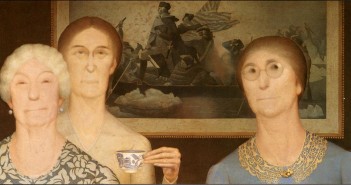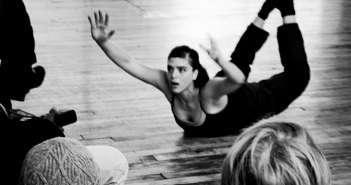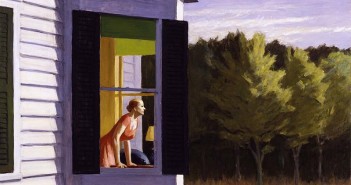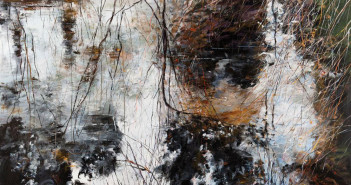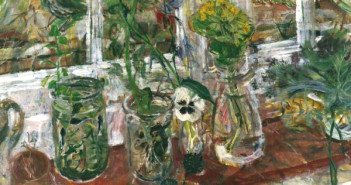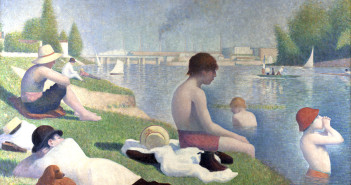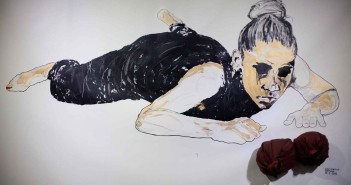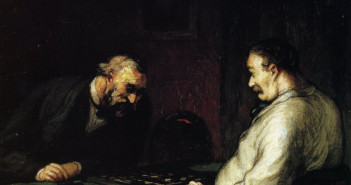
Your visible instincts list
Visible instincts are personal items that bring magic and specificity to your paintings and, with practice, appear automatically. They’re at times universal and technical, but can be poetic or even self-honed nothings, unique to you and your brush. Your list is one-of-a-kind, and you’re probably already working it:
Grey to neutralize — a rest for the eye
Large and/or interlocking gradations — to catch the eye
Warm colours against cool
Strong value contrast

